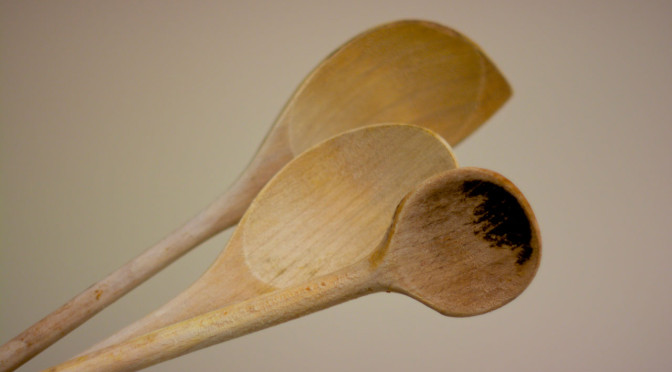Occasionally I’m drawn in to youtube via links and twists so convoluted that I can no longer remember where I began. That’s how I came across this delightful video of M.I.T.’s Walter Lewin this week:
It’s interesting to see discussions around Lewin and pseudoteaching, but that doesn’t deny his high production values here. Every lecture was, he claims, rehearsed at least three times in full before his first audience was brought in. Clearly, when he decides to do something, he is interested in mastering the art. Even if that art, at first glance, appears mundane.
There are many things that we do that could be tweaked and improved. All we need to do is look at ourselves from the outside occasionally and see what else we can give. If we do something many times during the day, in front of an audience, we may as well learn to do it with finesse. If we’re on a stage, we should deserve it.
Seeing that drawing a dotted line can help make us engaging, memorable and inspirational, perhaps like me, you too want to draw dotted lines like Walter Lewin. You’re in luck.
Or perhaps you’d just like to rock your syncopated head to his dubstep. You can do that too.
Of course you can. The internet is like that.


